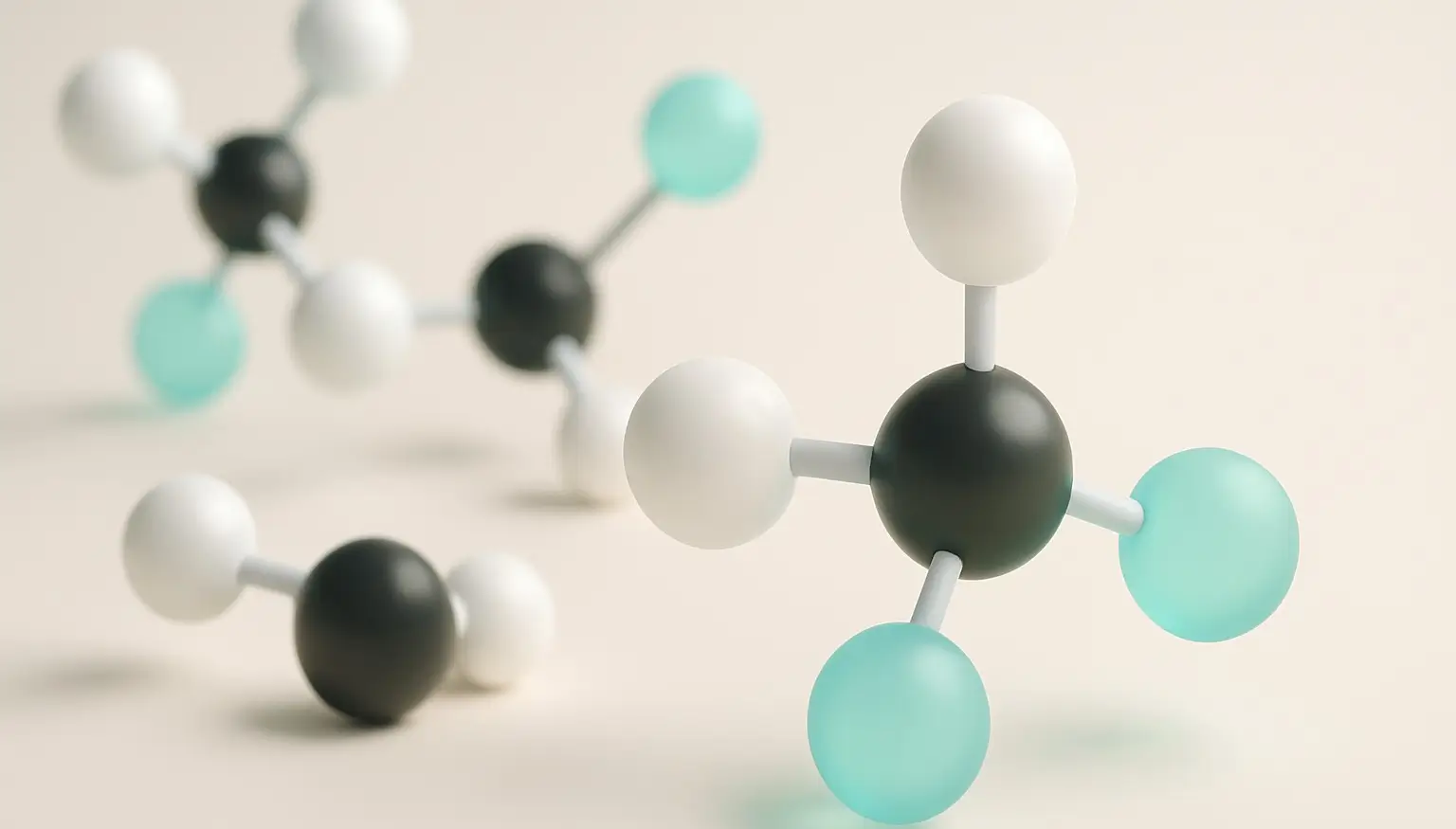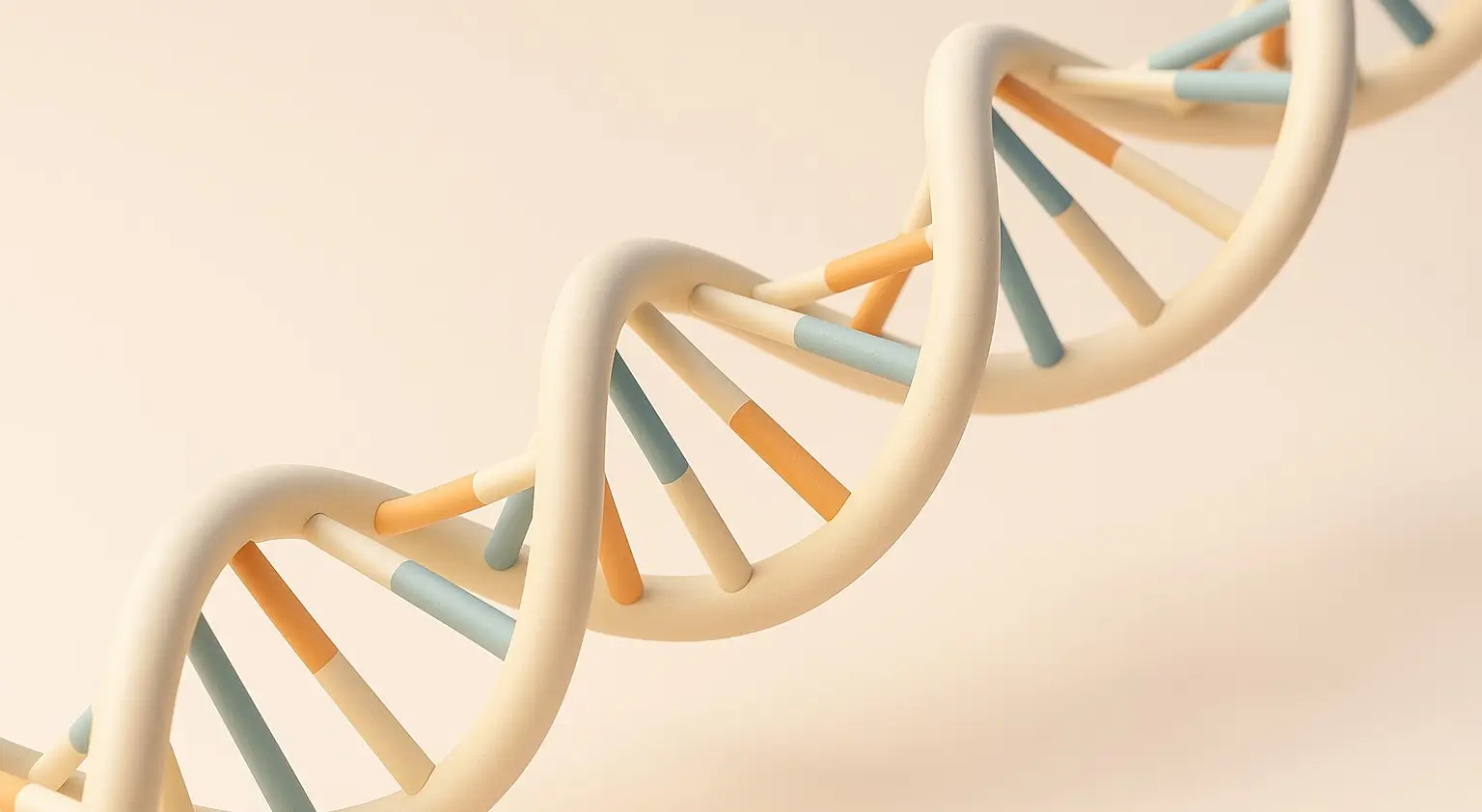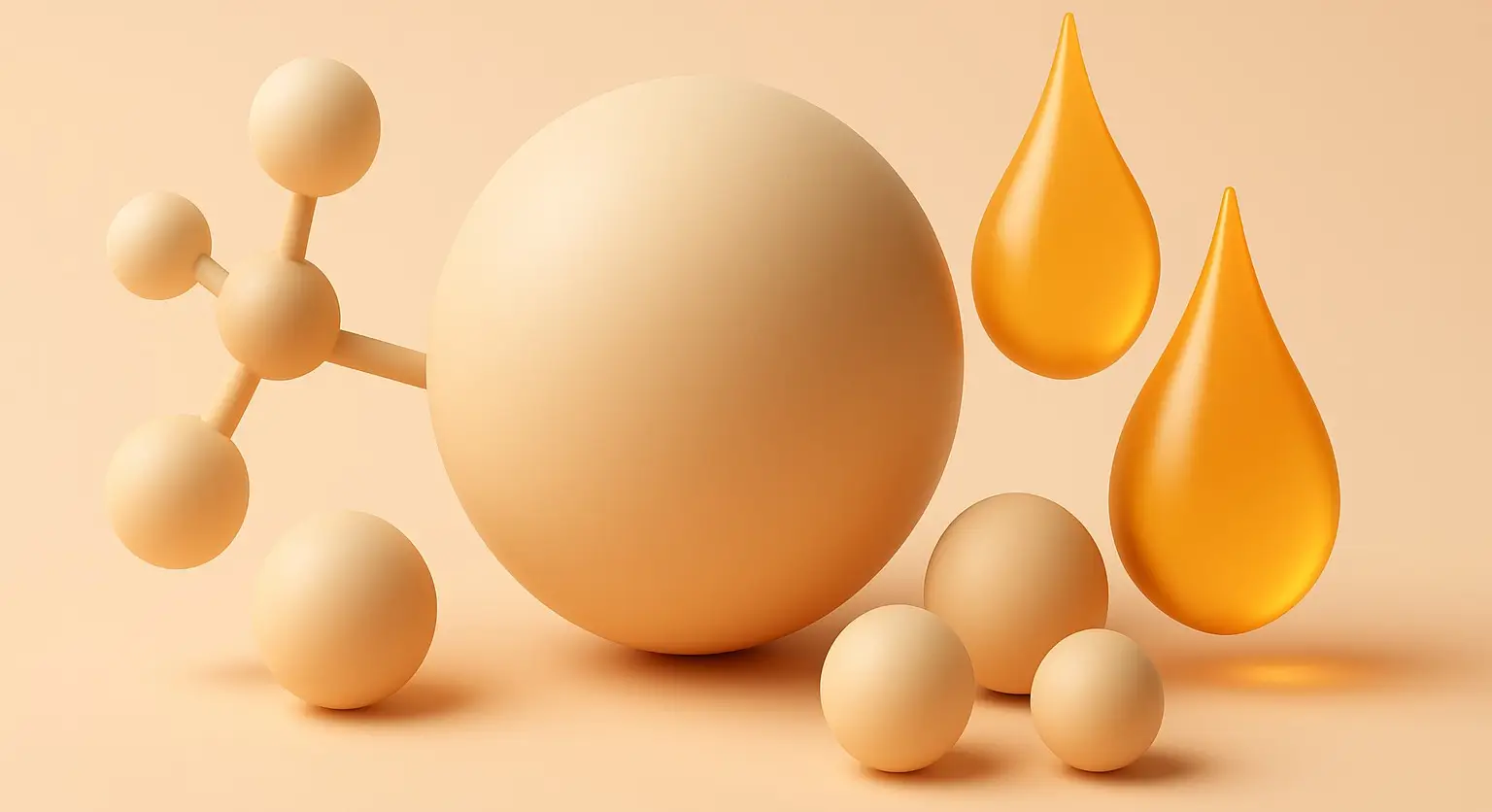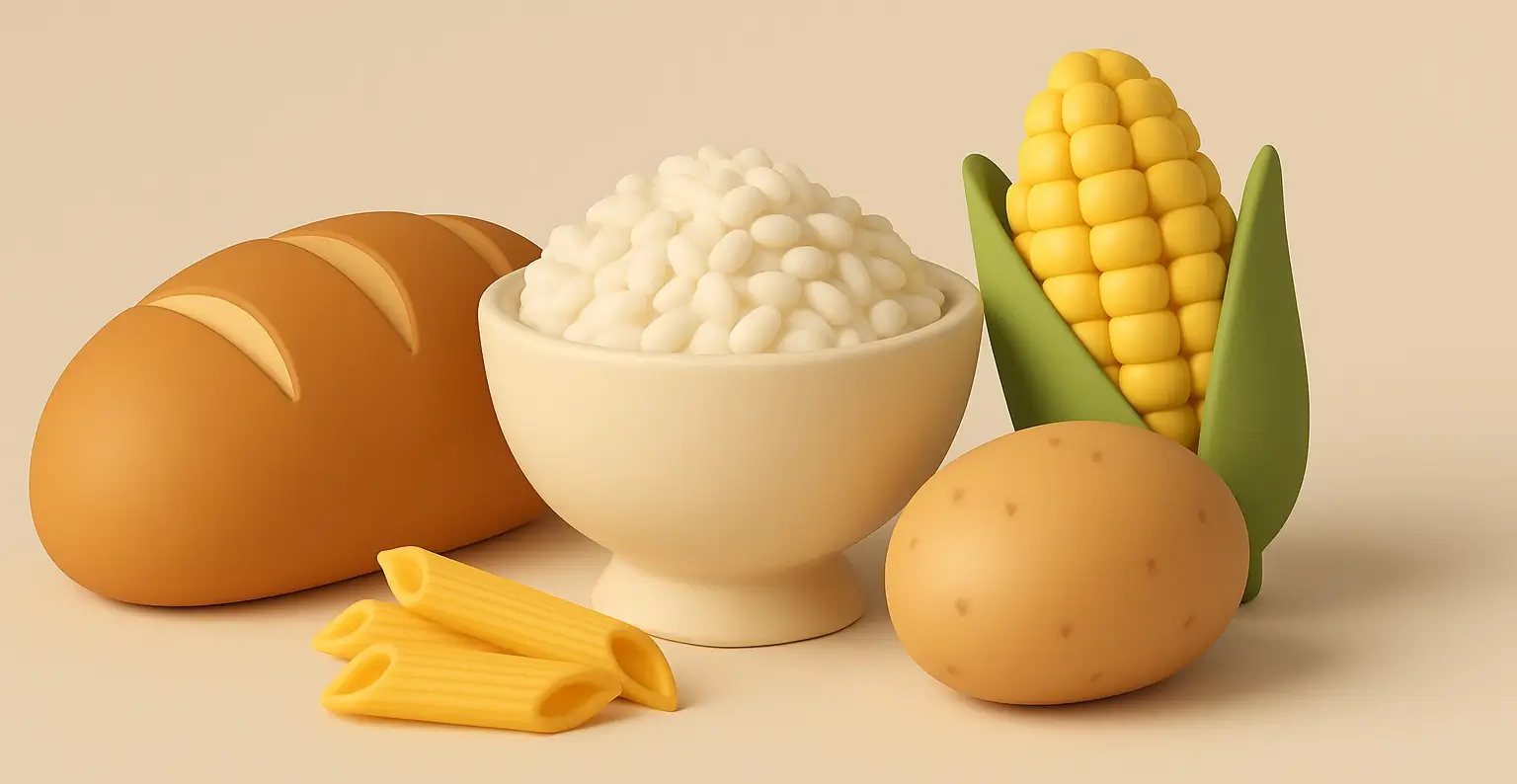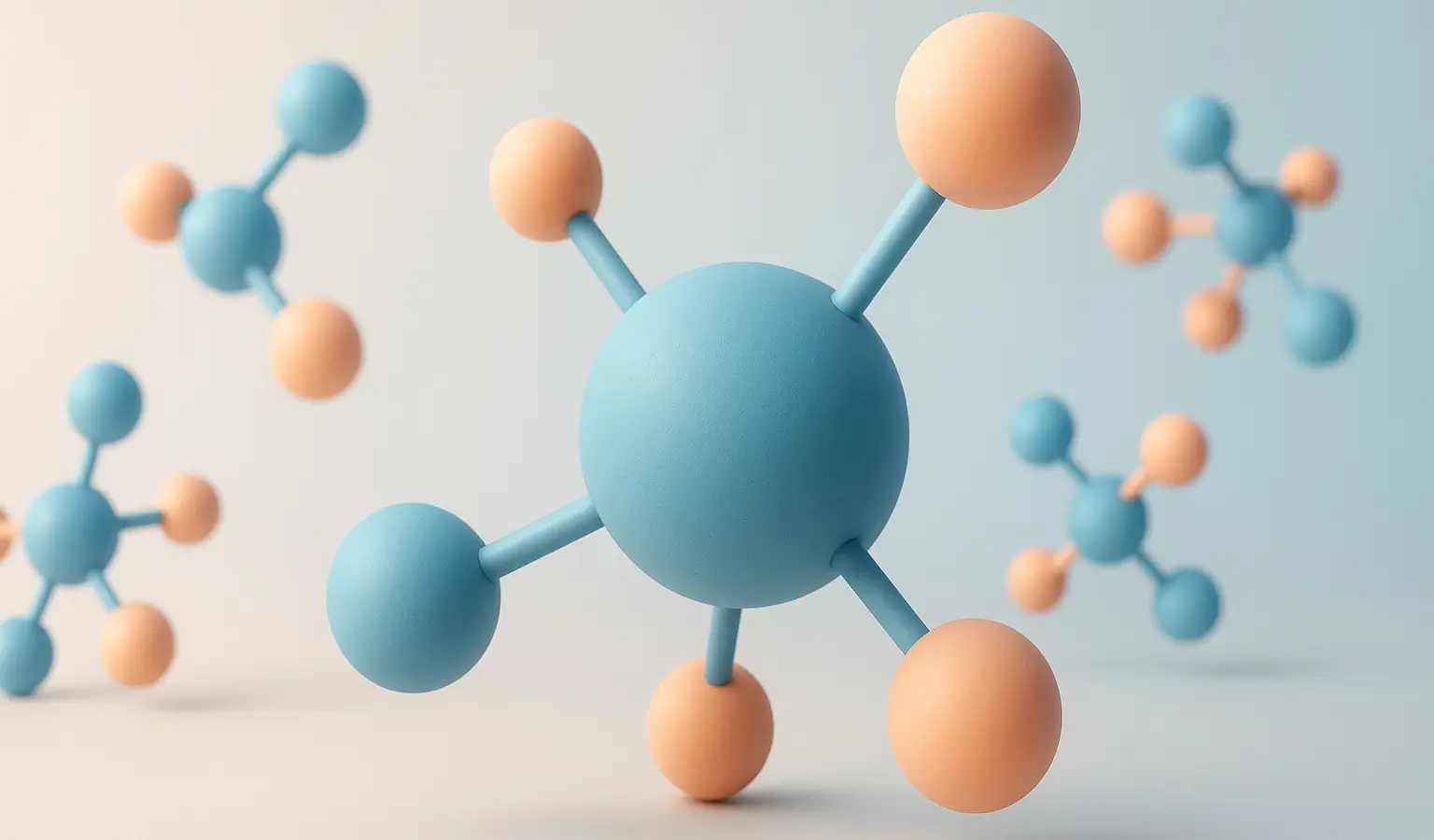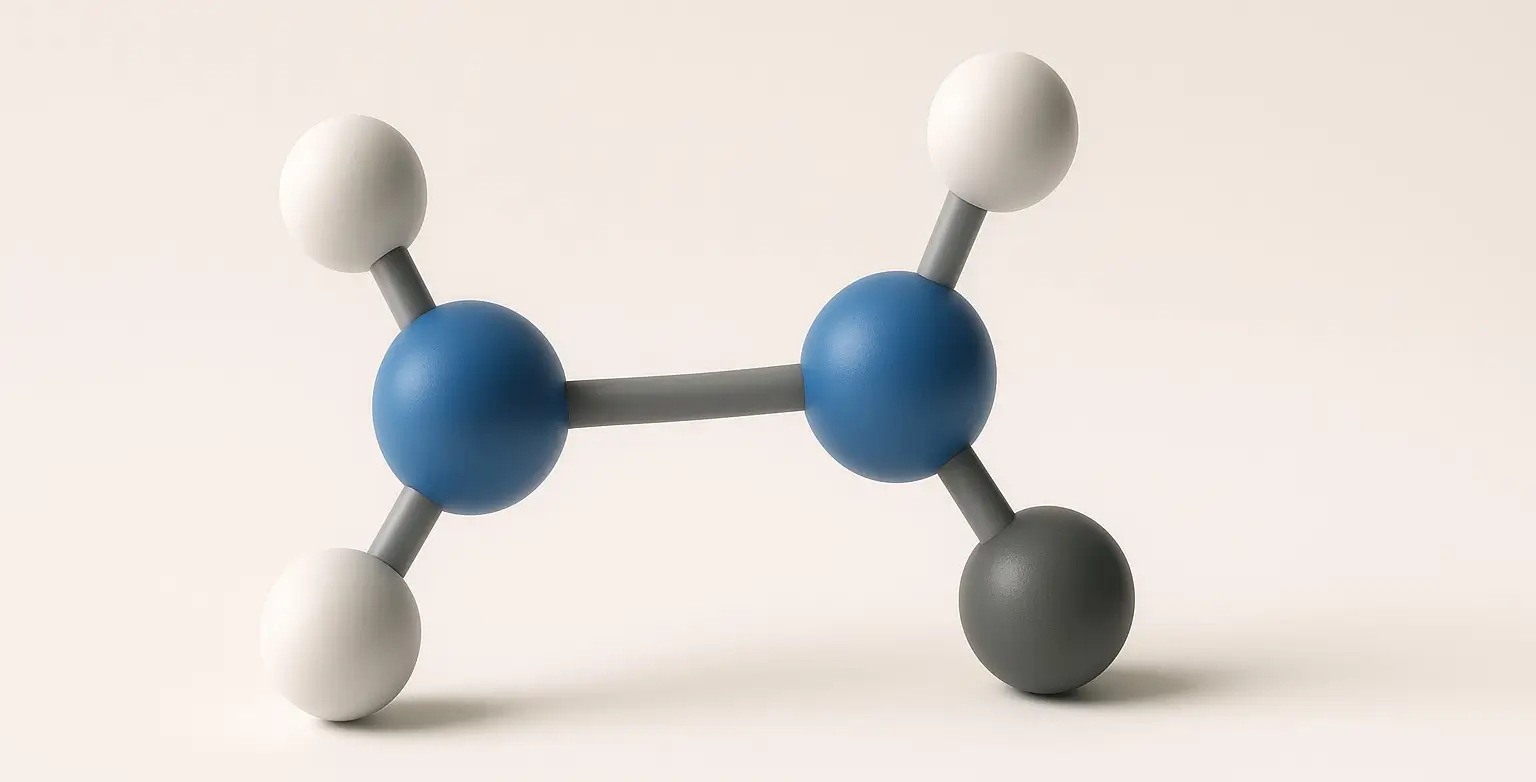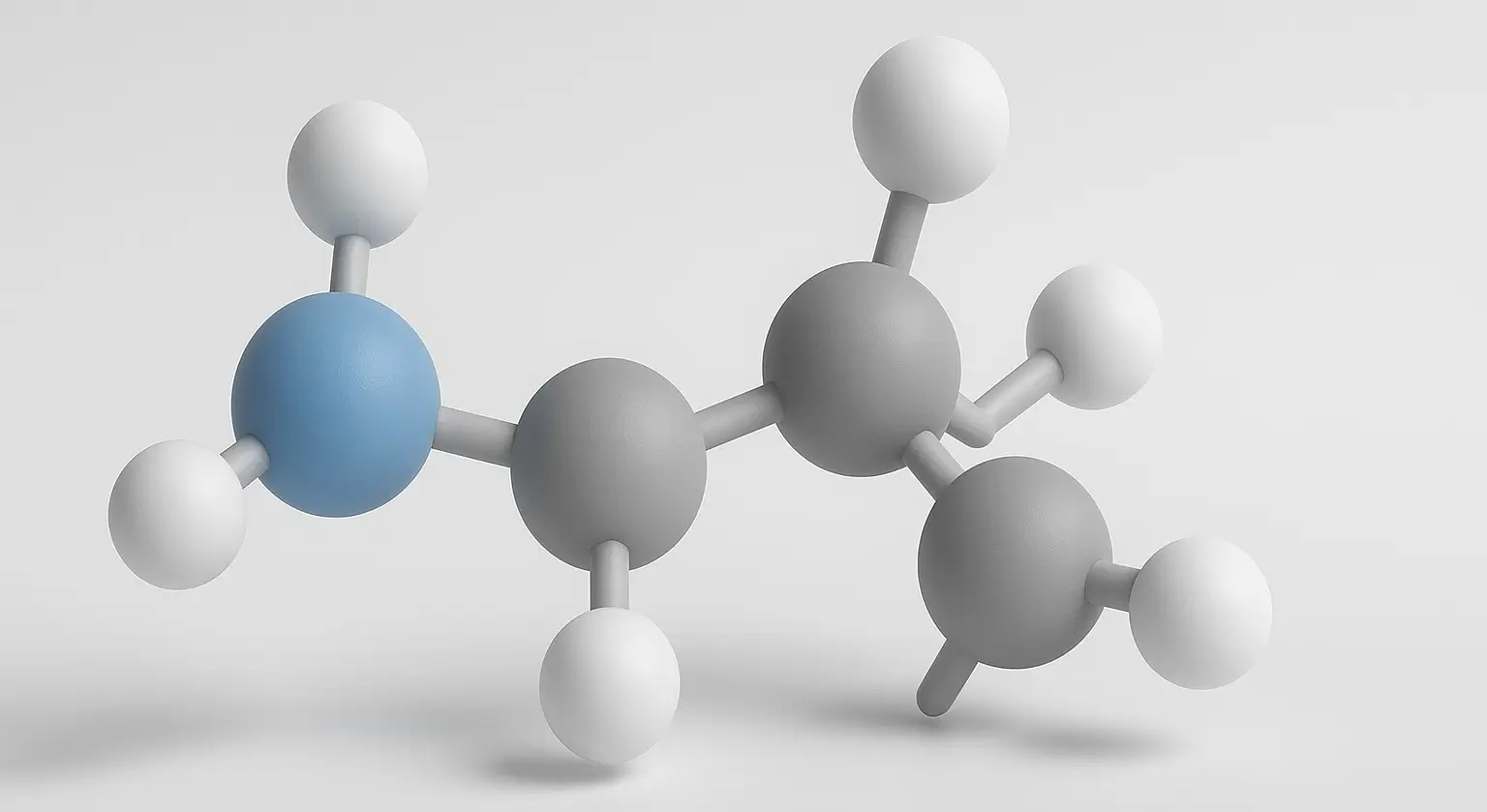Proteins
Proteins are large, complex biomolecules essential for the structure, function, and regulation of cells, tissues, and organs. Composed of amino acid chains, their sequence determines their 3D structure and specific function. Proteins participate in metabolism, structural support, transport, signaling, and immune defense. Classification of Proteins Protein can be classified based on structure or function, reflecting … Read more


